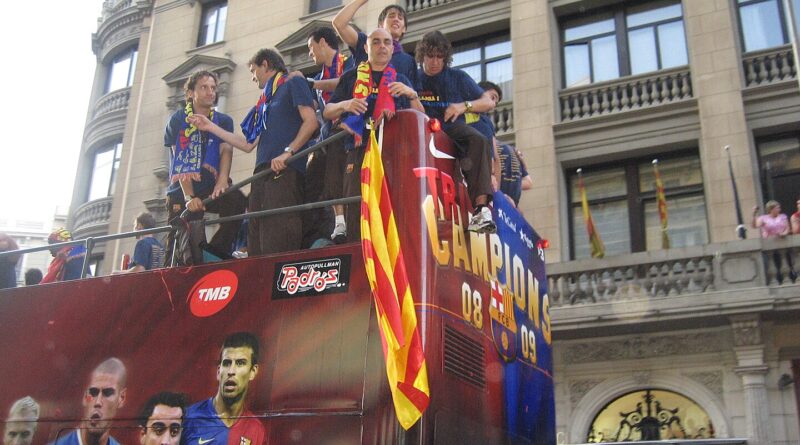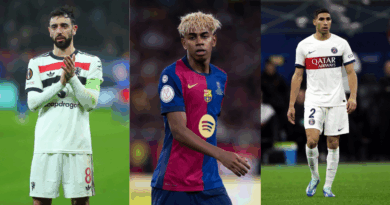Barcelona’s Payroll Evolution: A Decade of Stars, Spending and Strategy (2013–2025)
Few clubs in world football embody both sporting glory and financial turbulence like FC Barcelona. Over the past decade, the Catalan giants have gone from an era of dominance defined by Messi, Iniesta, and Xavi to a phase of rebuilding under economic strain.
The club’s payroll numbers tell a fascinating story of ambition, crisis, and resurgence, mirroring the club’s highs and lows both on and off the pitch.
Based on official La Liga payroll data (Capology, 2025), here’s a year-by-year breakdown of Barcelona’s spending, star power, and strategic shifts from 2013 to 2025.
2013–2014: The Beginning of the Post-Guardiola Era (€185.98 M Total Payroll)
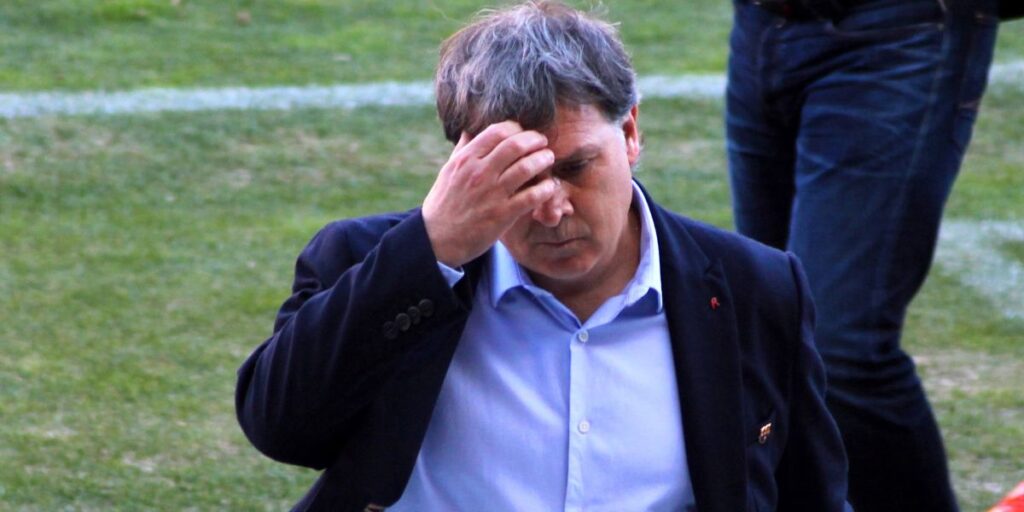
Barcelona’s 2013/14 season was still heavily influenced by the golden era that had defined the previous decade. Managed by Gerardo Martino, the squad featured global icons like Lionel Messi, Andrés Iniesta, Xavi Hernández, Neymar Jr., and Dani Alves.
The club’s total payroll stood at roughly €185.9 million, with the forwards accounting for €49 million, a reflection of the offensive firepower that made Barça Europe’s most feared team.
Read also: Top 10 Left Wingers With the Most Goals and Assists in the Last 365 Days
Although domestic form remained solid, the season ended without major silverware. Yet financially, this was still a relatively sustainable structure before the massive wage inflation to come.
2014–2015: The Treble Year (€171.45 M Payroll)
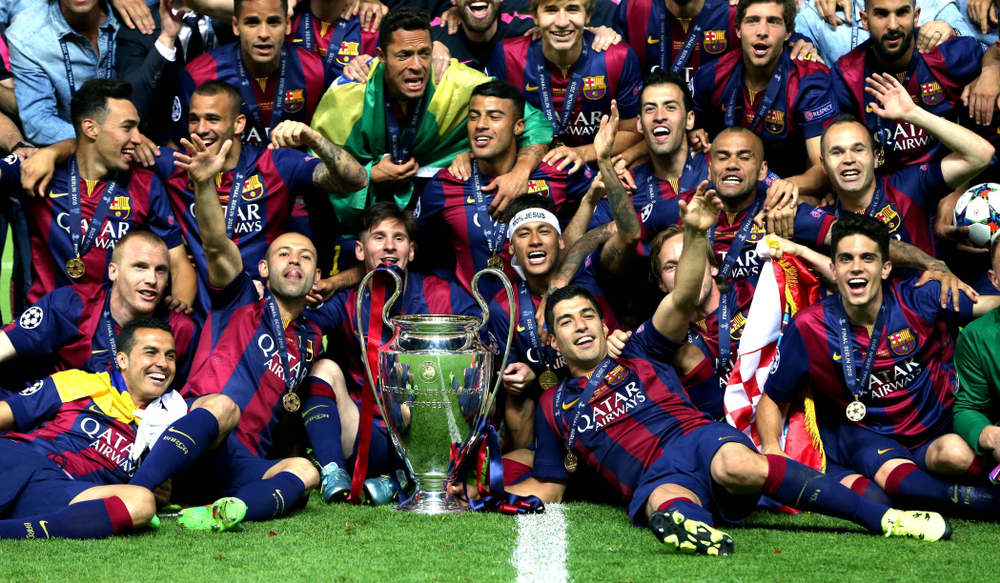
A historic season, under Luis Enrique, as Barça completed a stunning treble, winning La Liga, the Copa del Rey, and the Champions League. The attack, the legendary “MSN” trio of Messi, Suárez, and Neymar, was unstoppable, scoring 122 goals combined.
The club’s payroll, at €171 million, seems modest compared to later years, but it was the most efficient investment of the decade. The forwards cost €65 million, defenders only €43 million, and every euro produced history.
2015–2016: Consolidating Greatness (€179.72 M Payroll)
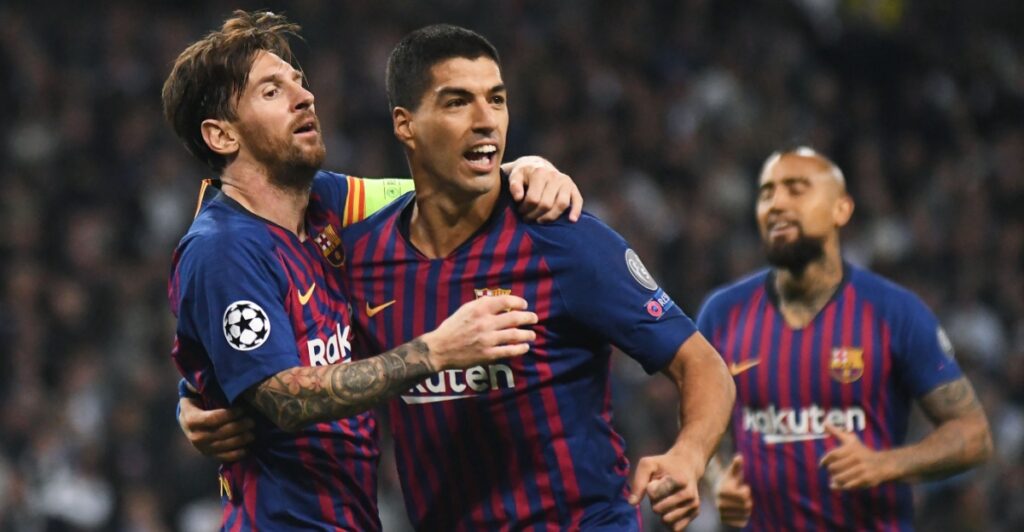
Barcelona continued their dominance with another La Liga title and the Copa del Rey, powered by the same trio up front. The total payroll rose to €179.7 million, with the midfield budget swelling to €49.7 million, reflecting the value of Busquets, Rakitic, and Iniesta in maintaining control.
Read also: Top 25 NBA Scorers of All Time
However, cracks began to show financially, growing salaries and renewal bonuses for star players started to strain the club’s structure, foreshadowing future problems.
2016–2017: Spending Peaks (€261.53 M Payroll)
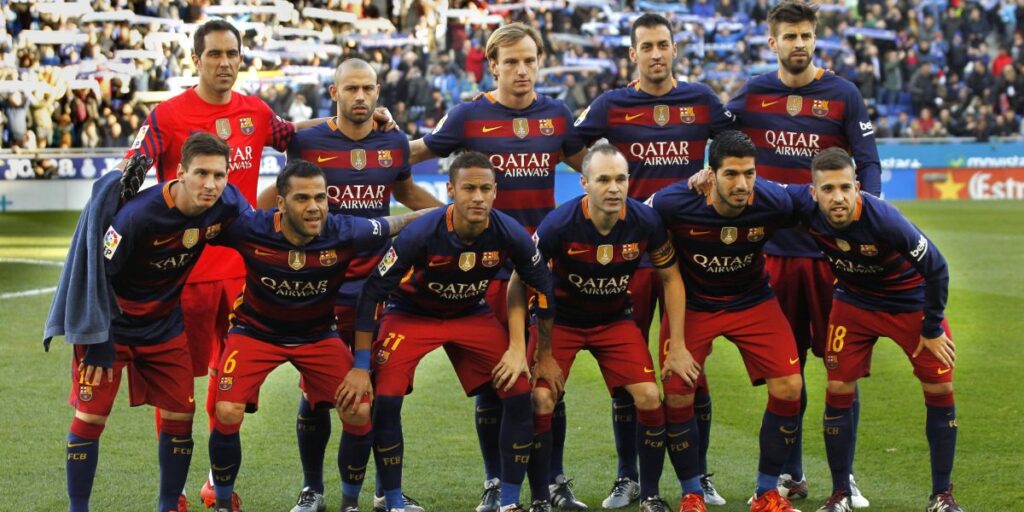
By 2016/17, Barcelona’s wage bill exploded to over €261 million, nearly 50% higher than just two years prior. Messi’s new contract and Suárez’s extended deal pushed the forward group to €101 million annually.
That year saw Neymar’s last dance in blaugrana colours before his record-breaking €222 million move to PSG. The team captured the Copa del Rey but fell short in Europe, signalling the start of the end for the MSN era.
2017–2018: Neymar Gone, Coutinho Arrives (€283.87 M Payroll)
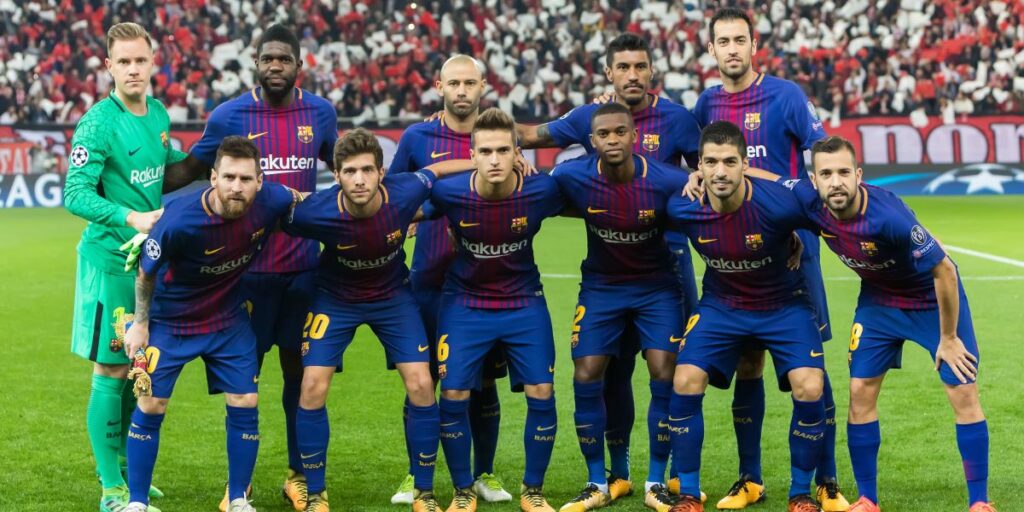
Without Neymar, Barça reinvested heavily, signing Ousmane Dembélé and later Philippe Coutinho for enormous transfer fees. The payroll reached €283.9 million, with €102 million dedicated to defence, as the club sought balance with new arrivals like Samuel Umtiti and Nelson Semedo.
Read also: The 11 Greatest Russian MMA Fighters of All Time - Ranked
Despite a strong domestic campaign under Ernesto Valverde, the financial structure began to buckle under the combined weight of superstar contracts and record transfers.
2018–2019: The Messi Empire (€314.01 M Payroll)
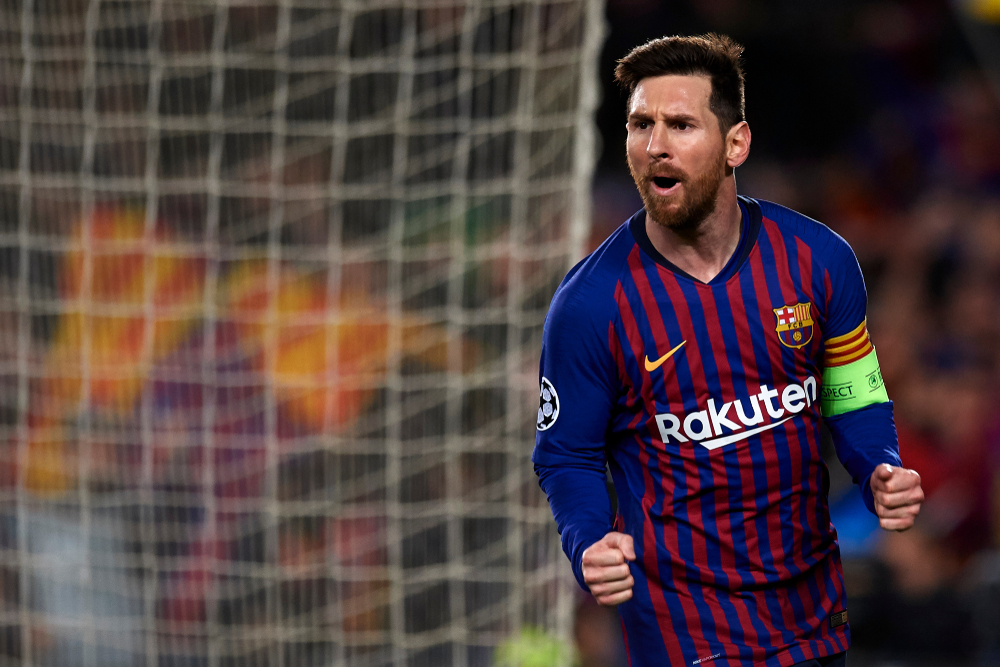
At over €314 million, this was one of the highest payrolls in world football. Lionel Messi, now club captain, earned an estimated €100 million+ annually including bonuses. New stars like Arthur Melo, Clement Lenglet, and Malcom joined, while stalwarts Piqué, Busquets, and Alba continued to anchor the squad.
Barcelona won La Liga, but their shocking collapse against Liverpool in the Champions League semi-final marked the beginning of a psychological and financial downturn.
2019–2020: The Last Dance of the Old Guard (€357.02 M Payroll)
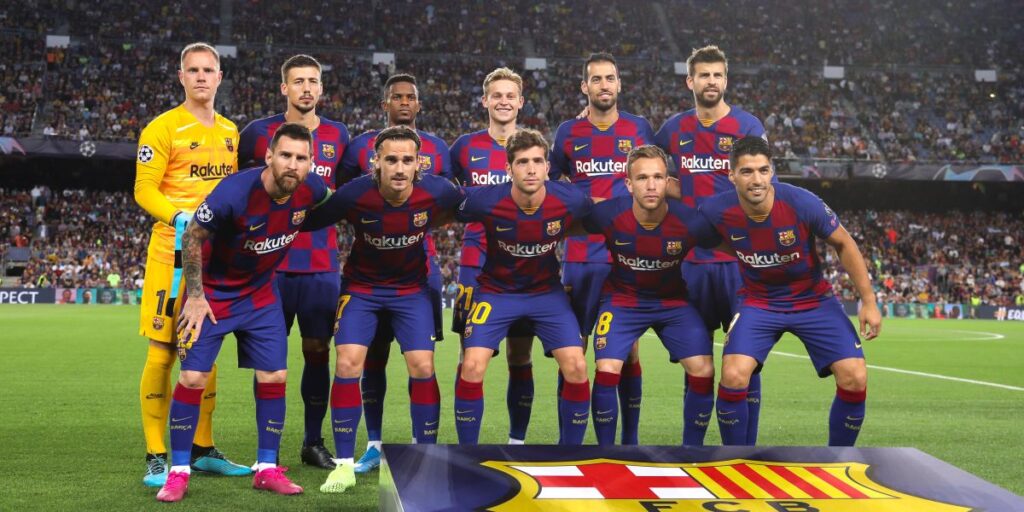
Barcelona’s wage bill reached an all-time high: €357 million, with €156 million going to forwards. Messi, Suárez, Griezmann, and Dembélé formed one of the most expensive attacking lines in football history.
Read also: Football’s 22 Greatest Penalties of All Time – Ranked from Outrageous to Iconic
However, the club failed to win La Liga, and the infamous 8-2 defeat to Bayern Munich in Lisbon exposed the bloated, aging squad. This was the year financial reality caught up with the Catalans.
2020–2021: The Crisis Season (€327.48 M Payroll)
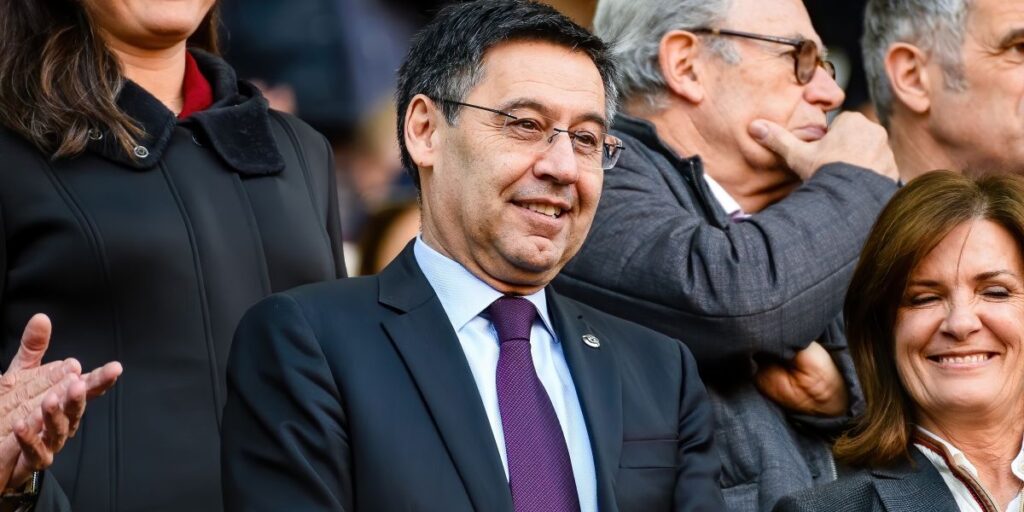
With the pandemic crippling finances, the club’s wage structure became unsustainable. Barça spent €327 million on salaries while revenues plummeted. Messi submitted his transfer request, Luis Suárez left for Atlético, and internal politics worsened under then-president Josep Bartomeu.
Still, a young Pedri emerged as a bright spot, signaling the start of a generational rebuild.
2021–2022: The Post-Messi Transition (€263.86 M Payroll)
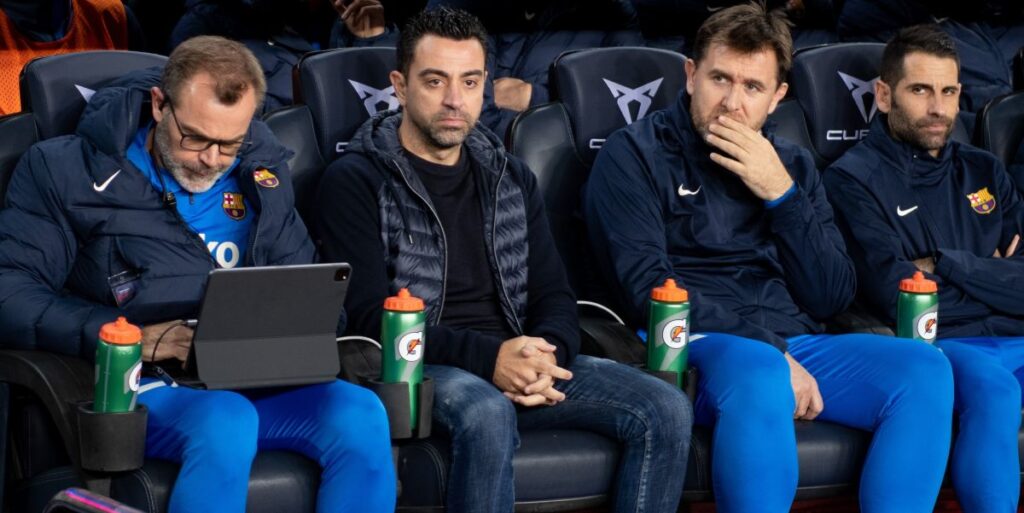
Messi’s departure in August 2021 marked a seismic shift. Under Xavi Hernández, Barça began rebuilding around youth — Gavi, Pedri, Araújo, and Ansu Fati.
The wage bill dropped to €263.9 million, with the club focusing on sustainable renewals and lower-cost signings like Ferran Torres and Aubameyang.
Read also: The 15 Greatest Football Referees of All Time - Ranked
It was a season of recovery, financially painful but symbolically crucial.
2022–2023: The Xavi Project (€239.51 M Payroll)
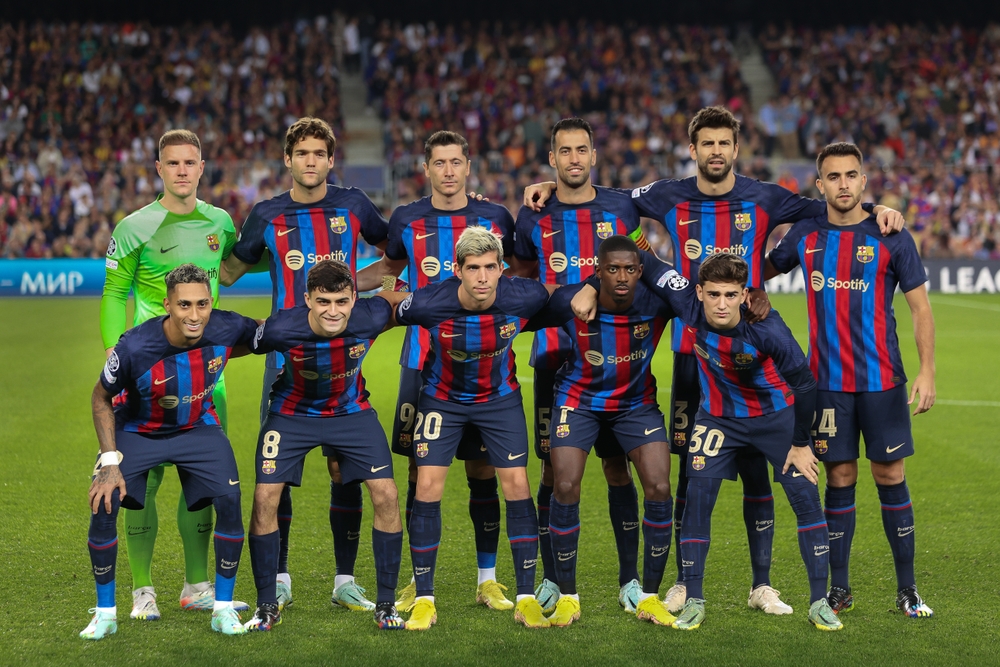
Now stabilized, Barça reduced their payroll further to €239.5 million. Veterans Lewandowski, Christensen, and Koundé joined the core, while the midfield remained youthful.
This financial discipline paid off as the club won La Liga 2022/23, its first title since 2019, with Ter Stegen and Lewandowski leading the charge.
2023–2024: Restructuring and Realism (€201.01 M Payroll)
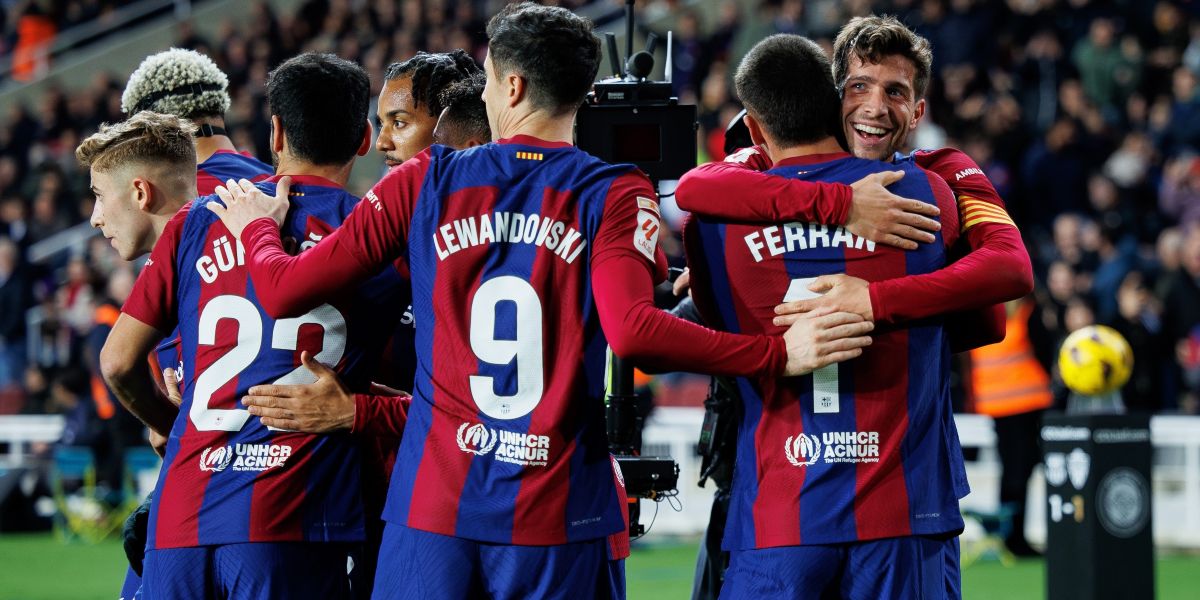
The rebuild deepened as Barcelona operated under La Liga’s strict salary cap. With a payroll of €201 million, it was the lowest in over a decade. Players like Fermín López, Lamine Yamal, and Alejandro Balde became key contributors, symbolizing the new era of youth and pragmatism.
The defense, costing €69.5 million, became the backbone of a team focused on tactical discipline rather than extravagance.
2024–2025: A New Generation Rises (€220.23 M Payroll)
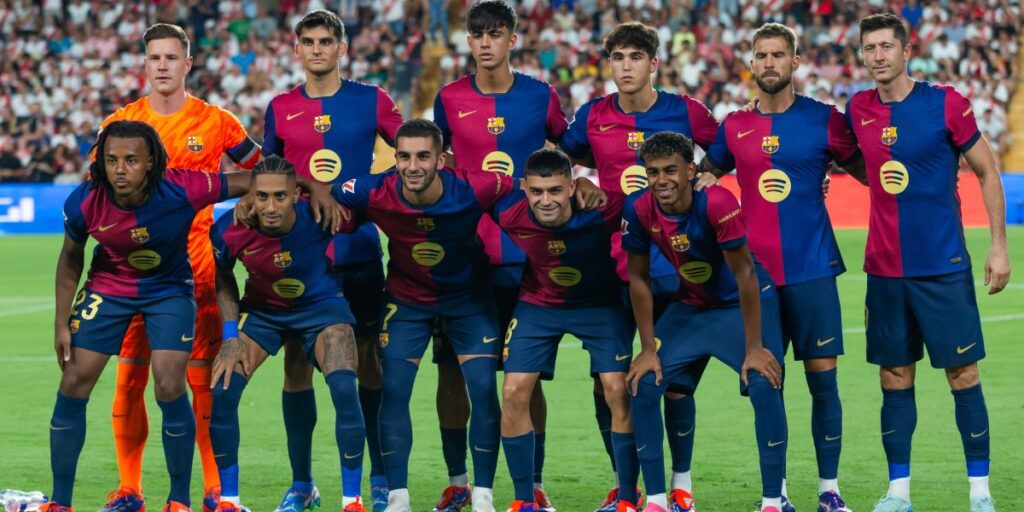
Under the guidance of Xavi and sporting director Deco, Barcelona’s wage bill rose slightly to €220 million, signaling controlled ambition. New leaders have emerged, Pedri wears the captain’s armband more often, Gavi returns from injury, and Lewandowski continues to mentor rising stars like Yamal.
Forwards account for €90.37 million, while defense sits at €59.9 million, reflecting a more balanced, modernized squad. The financial management is finally under control, marking a hopeful chapter in Barça’s turbulent economic story.

